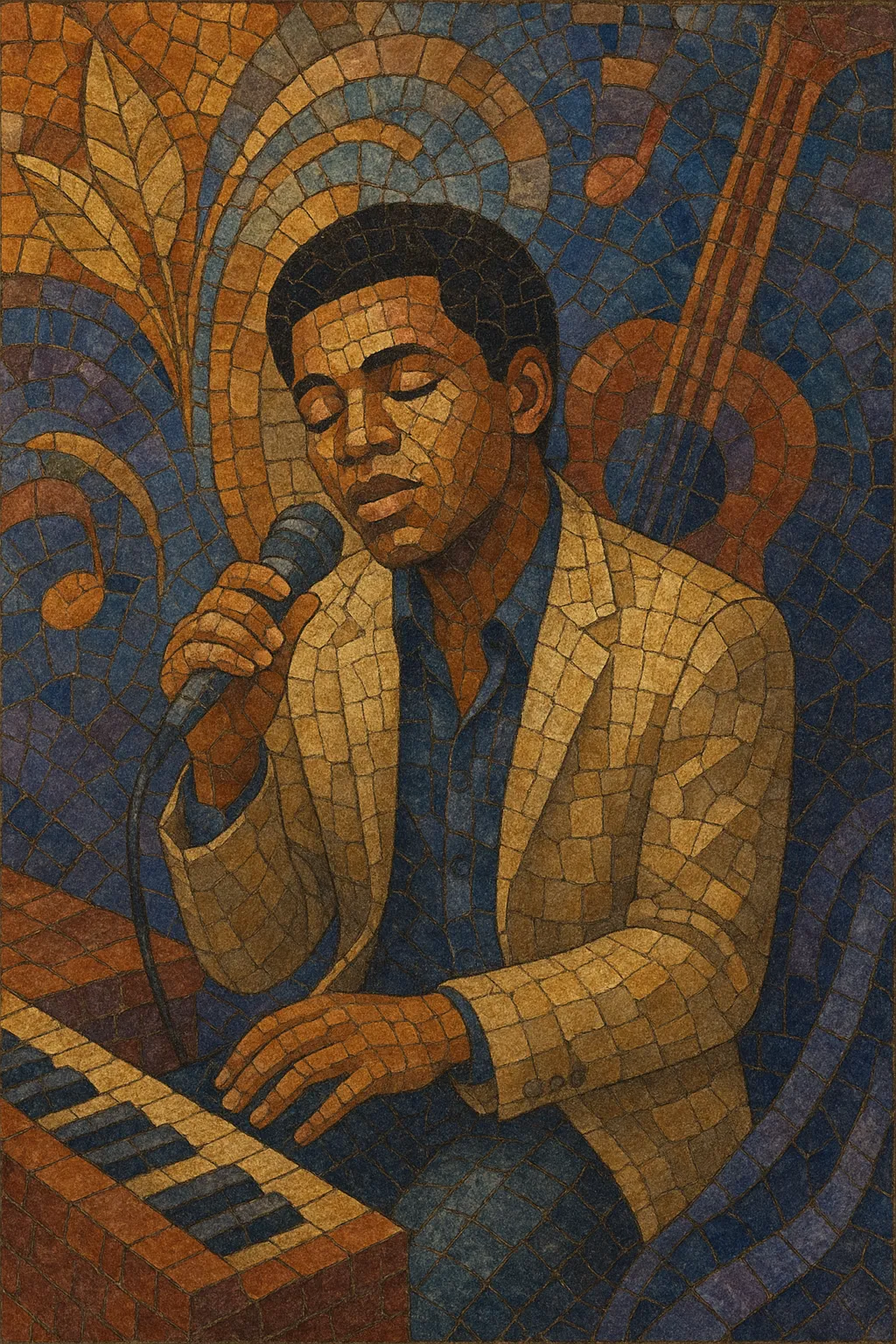
Smooth soul is a polished, romantic strain of soul music defined by velvety vocals, lush string and horn arrangements, and immaculately produced, mid-tempo grooves. It maintains the emotional directness of classic soul while softening its edges with gentle rhythms, extended jazz-tinged harmonies, and spacious production.
Emerging in the early 1970s from the same currents that produced Philadelphia soul, smooth soul favors elegant orchestrations (strings, woodwinds, muted brass), silky electric pianos, and clean guitar tones. Lyrics typically center on love, intimacy, and adult relationships, delivered with controlled intensity, falsetto flourishes, and refined background harmonies.
The genre provided a bridge from 1960s Motown and Southern soul to quiet storm and contemporary R&B, shaping radio formats and a lasting template for intimate, late-night soul.
Smooth soul emerged in the early 1970s United States as soul artists and producers sought a more refined, orchestrated sound suitable for both pop crossover and adult-oriented radio. The lush arrangements and sophisticated songwriting of Philadelphia soul (driven by producers like Gamble & Huff and arrangers like Thom Bell) laid the sonic foundation, while the melodic craft and hit-focused approach of late-1960s Motown further shaped the style.
By the mid-1970s, smooth soul became a dominant radio force. Acts such as The Stylistics, The Spinners, Teddy Pendergrass, Barry White, and Al Green popularized sensual ballads and mid-tempo grooves with opulent string sections, satin-smooth vocals, and tastefully restrained rhythm sections. This era standardized the "quiet storm" programming aesthetic—late-night, romantic sets—though the quiet storm radio format would soon become its own labeled style.
The core DNA of smooth soul flowed directly into 1980s contemporary R&B and quiet storm, influencing singers such as Luther Vandross, Anita Baker, and Sade. Production incorporated cleaner digital tools and drum machines while preserving slow-to-mid tempos, jazz-inflected harmony, and plush vocal stacks. The result was a modernized continuation of the smooth aesthetic, now central to adult contemporary and urban radio.
Smooth soul’s emphasis on vocal finesse, romantic themes, and sophisticated arranging permanently shaped R&B balladry, quiet storm programming, and later neo-soul’s polished side. Its orchestral sensibility and elegant songwriting remain a touchstone for artists aiming for intimacy, class, and crossover appeal.
Aim for slow-to-mid tempos (around 70–105 BPM). Keep the groove steady and unhurried, favoring pocket and feel over flash. Prioritize a smooth, flowing backbeat suitable for intimate listening.
Use rich, extended chords (maj7, min9, add9, 11ths/13ths) and tasteful secondary dominants. Borrow gentle jazz vocabulary (ii–V movement, chromatic approach chords) without overwhelming the melody. Write lyrical, singable top lines with room for expressive ornamentation and falsetto.
Combine Rhodes or Wurlitzer electric piano, clean electric guitar with light chorus, warm bass (often played legato), and understated drums. Add orchestral strings (and occasional woodwinds or muted brass) for lush pads and countermelodies. Layer soft background vocals for call-and-response and sustained harmonies.
Keep drums dry and tight: soft kick, gentle snare, brushed or lightly accented hats, and minimal fills. Let the bass be melodic but restrained, outlining chord tones and passing notes smoothly. Groove should feel effortless and supportive.
Deliver intimate, controlled lead vocals with smooth phrasing and dynamic nuance. Themes focus on romance, tenderness, reconciliation, and devotion. Use conversational imagery and refrain hooks that feel comforting and repeatable.
Favor warm, rounded tones: tape or tape-style saturation, subtle plate/spring reverbs, and gentle stereo widening on strings and backing vocals. Carve a pocket for lead vocal with careful EQ and light compression. Avoid harsh transients; polish is essential.
Common forms include verse–pre-chorus–chorus with a short bridge and a final chorus lift (key change up a semitone or whole tone is optional). Introduce strings gradually and save the fullest arrangement for the last chorus to heighten emotional payoff.

